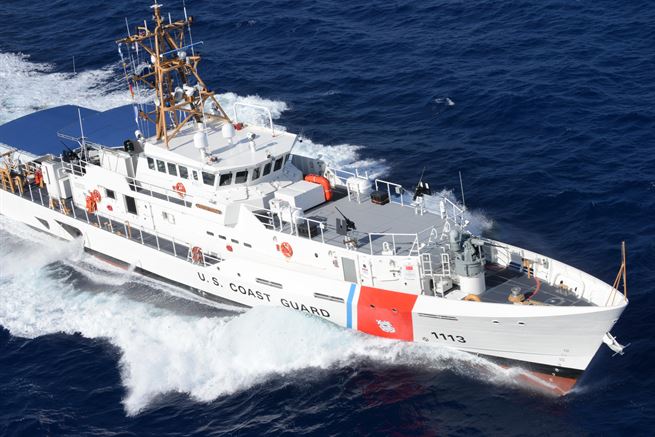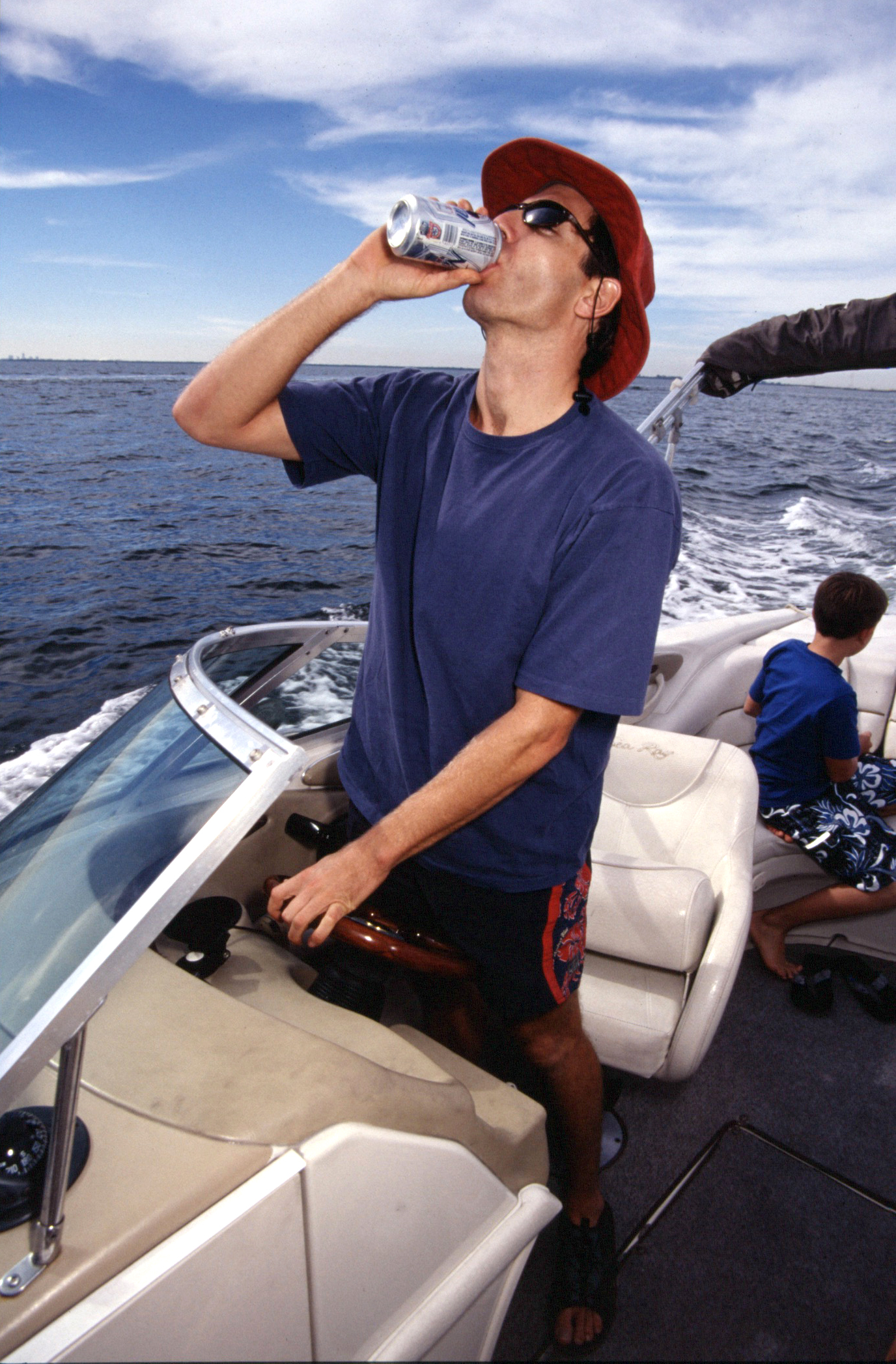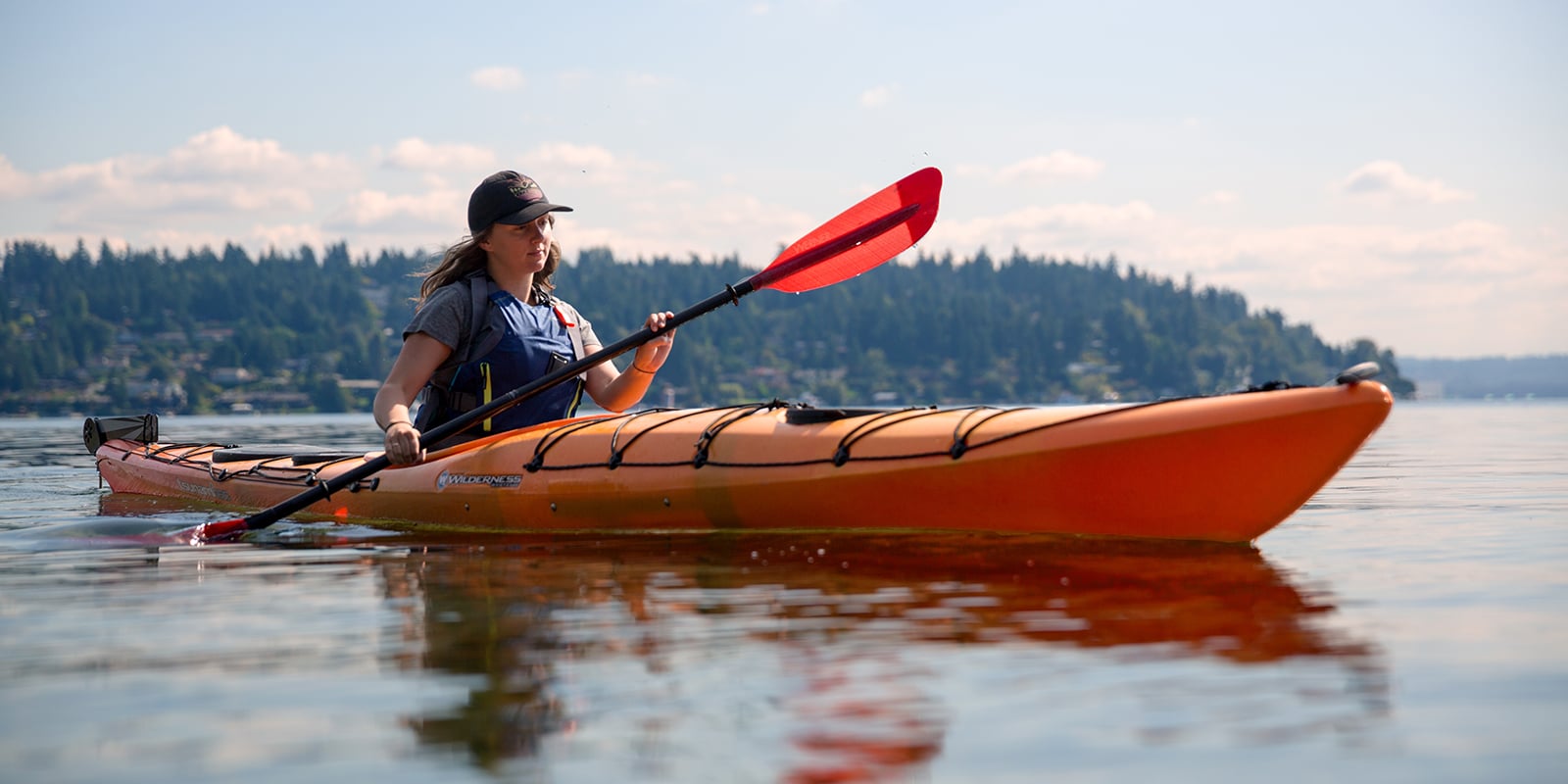Coast Guard Releases 2019 Statistics
The United States Coast Guard has released its 2019 Recreational Boating Statistics report. For the year, the fatality rate for recreational vessels decreased by 1.9% compared to 2018 and the number of deaths was also down by 3.2%.
Sobering Statistics
Where the cause of death was known, 79% of fatal boating accident victims drowned and of those incidents with reported lifejacket usage, 86% were not wearing a personal flotation device.
Where the length of the boat was known, eight out of 10 boaters who drowned were on a vessel that measured less than 21’ (6.4 m) long.
Alcohol continues to be the leading known contributing factor in fatal boating accidents. Where the primary cause was known, alcohol was the leading factor in 23% of deaths.
The other top four contributing factors in accidents were operator inattention (drivers should stop looking back at kids on tubes), driver inexperience, improper lookout and excessive speed.
Get Educated
Where instruction was known, 70% of deaths took place where the operator had not received boating safety instruction. Comparatively, 20% of deaths occurred on a boat where the driver had passed a nationally approved boating safety course.
There were 171 accidents in which at least one person was struck by a propeller, resulting in 35 deaths and 155 injuries.
Where the data was known, the most common vessel types involved in reported accidents were open motorboats (45%), personal watercraft (19%) and cabin motorboats (16%).
Additionally, the vessel types with the highest percentage of deaths were open motorboats (48%), kayaks (14%) and personal watercraft (8%).
The 11,878,542 recreational vessels registered by the states in 2019 represent a 0.22% increase from 2018 when 11,852,969 recreational vessels were registered.


